LCAC hovercraft landing craft
The US Navy has a developed amphibious fleethaving different landing vehicles. One of the main ones is the LCAC hovercraft landing craft, capable of transporting people, equipment up to tanks and various cargoes. These boats have been supplying the fleet since the mid-eighties and have proven themselves well over the past decades. However, they managed to become obsolete morally and physically, and therefore their gradual replacement is planned.
Creation processes
The study of the creation of an air-cushion landing craft started in the early seventies at the initiative of the US Navy and the USMC. A number of preliminary projects of such equipment have been developed by the forces of several naval and commercial organizations. JEFF B from Bell Aerospace showed the best results, combining already known solutions from ready-made projects and new ideas.
On the basis of JEFF B, by the end of the seventies, a new version of the landing boat was developed, after which the process of construction and testing of experimental equipment began. By this time, the new boat received the designation Landing Craft Air Cushion (LCAC), under which it became widely known. The tests were successful and confirmed the calculated performance. The boat received a recommendation for supply.
In the early eighties, all technical and organizational issues were settled, after which the Pentagon issued the first production contracts. Starting in 1982, it was planned to build boats at a slow pace, and later, when the desired results were obtained, to launch full-scale production.
The first stage of production was entrusted to two contractors at once. Textron Marine & Land Systems (TMLS) and Avondale Gulfport Marine (AGM) have received separate orders for 15 boats as part of their "early production at a slow pace." It was planned to continue this stage until 1986, after which the Navy was going to select the most efficient manufacturer and entrust him with the next construction.
Production rate
The laying of the first LCACs at two shipyards took place in 1982. Already in 1984, the boats were handed over to the customer. Two years later, the first unit at LCAC reached initial operational readiness. At the same time, the re-equipment of other units of the fleet was carried out and preparations for full-fledged deployment and operation were carried out.
The first 30 boats were completed and handed over to the customer in 1986-87. At the same time, the fleet decided that further construction would be carried out by the TMLS company. However, they soon had to look for a new contractor. It was the Lockheed Shipbuilding Company. In the future, all new boats were built by the forces of two enterprises, which made it possible to fulfill all plans within a reasonable time.
In the late 48s, two contractors received orders for 91 production boats. Subsequently, new contracts were concluded for additional lots of different volumes and values. As a result, by the mid-nineties, the total number of serial LCACs under construction and planned reached 27 units. The average cost of a boat at that time reached $ 28-XNUMX million.
The construction of LCAC boats was completed in 2001. For almost 20 years of production, the main customer, the US Navy, received all the required products in the amount of 91 units. It should be noted that the number of vehicles in combat units has always been less. So, at the beginning of the 72s, only XNUMX boats were present in the ranks. Subsequently, their number decreased again: by the end of the tenth years, there were about fifty boats in service.
In 1994, TMLS began production of LCACs for the first order of the Japan Maritime Self-Defense Forces. Then several new contracts followed, and by the beginning of the two thousandth the Japanese fleet received six boats. Other countries did not buy such equipment.
Technical features
The LCAC boat is a hovercraft with a total length of 26,4 m and a width of 14,3 m.The curb weight does not exceed 89 tons, full with a maximum load of up to 185 tons. superstructures with control posts, power plant elements, etc.
LCACs in the basic configuration were equipped with four Lycoming TF-40B turboshaft engines with a total capacity of 16 thousand hp. In the course of further modernization, modern Vericor Power Systems ETF-40B engines with a digital control system were introduced. The power is distributed to four lift fans and two propellers in the annular ducts.
The normal load of the LCAC is 54 tons, the maximum is 68 tons. This allows the boat to carry up to 180 soldiers, one main tank or other cargo of the corresponding mass and size. Maximum load speed exceeds 40 knots; technically achievable speeds over 70 knots. The cruising range, depending on speed and load, is 200-300 miles.
The boats are equipped with modern radio-electronic equipment for navigation and communication. A crew of five works in two cockpits, whose ergonomics are reminiscent of airplanes. For self-defense, there are two units of barrel armament - machine guns of normal or large caliber, or an automatic grenade launcher.
Boats in service
In 1986, the first naval unit at LCAC reached initial readiness. The following year, such boats were first lifted aboard the USS Germantown (LSD-42) landing craft as part of a deployment. In the future, boats of a new type were regularly involved in various exercises, military and humanitarian operations.
Depending on the tasks assigned, LCAC boats could be used independently or together with landing ships. The dimensions and displacement of the boat were determined taking into account the capabilities and limitations of the amphibious fleet. They could and can be transported by amphibious dock ships and more modern UDC. So, dock ships of the old Anchorage type could carry up to four LCACs, and the larger Whidbey Island - up to 5 units. UDCs such as San Antonio or Wasp carry 2 or 3 boats, respectively.
Thus, the LCAC landing craft quickly enough were able to become a large, effective and flexible component of the landing force. First of all, this was facilitated by a high level of tactical and technical characteristics.
It is curious that the number of LCAC combatants did not equal the number of boats produced. Already in the nineties, processes began that reduced the possible number of boats in operation. So, two units were transferred to the category of experimental vessels for various tests. Another 17 were written off due to damage, resource depletion or for disassembly for parts. As a result, after the completion of the construction of the series, the total number of LCACs in the US Navy was only 72 units.
Extension of terms
The intended life of the LCAC boat was originally 20 years. As a result, the Pentagon and TLMS have been working on the Service-Life Extension Program (SLEP) since the mid-nineties. It was developed and approved in 2000 - a few years before the expected date of decommissioning the oldest boats. The proposed measures made it possible to extend the service life of the boat by 10 years.
The SLEP program has been divided into two phases. The first provided for the replacement of electronic equipment with modern designs. These measures were implemented during the first few years and had a positive impact on the operation of boats, incl. in terms of cost. During the second stage, a major overhaul is carried out with partial replacement and renovation of the hull structures. In addition, the boat again receives modern equipment.
In the tenths, several new renovation and modernization projects were carried out in succession. Once again, we modernized the electronics, modified the body and skirt, and also updated the power plant. Further upgrades are no longer planned due to the development of a completely new landing craft.
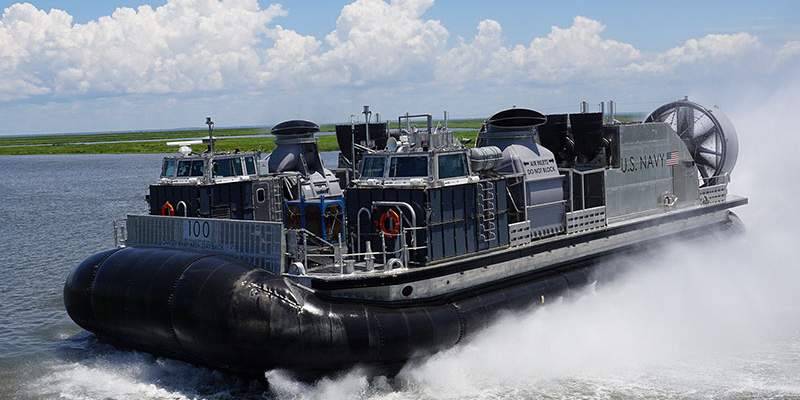
The lead boat of the new type SSC is being tested
The SLEP program has generally met its objectives. Without it, the oldest LCAC boats would have to be decommissioned in 2004-2005, and after a major overhaul they served until 2015. All measures to update the existing equipment were completed in 2020, so that the most recent samples can remain in service until 2030.
Perspective replacement
To maintain the amphibious forces at the proper level, in 2011 the Navy launched the Ship-to-Shore Connector (SSC) program, the goal of which is to create a modern analogue of the LCAC with higher tactical and technical characteristics. In 2012, TMLS became the winner of the competitive part of the program.
The SSC project provides for the use of the proven architecture and a number of solutions of the LCAC project. At the same time, new materials, components and solutions have been introduced, due to which the boat has a normal load of 75 tons and shows higher running characteristics. Another goal of the project was to simplify and reduce the cost of operation.
The construction of the first batch of SSC began in 2014, and since the beginning of 2020, the equipment has been handed over to the customer. Construction is planned to continue until the early thirties; in parallel, obsolete LCACs will be decommissioned. In total, 80 new boats will be built, of which 72 are intended for combat units.
In this way, story LCAC is slowly but surely approaching its completion. A new project of a boat with improved performance has already been created, and now the Navy can plan to write off old equipment. In the coming years, the boats of the two types will be used in parallel, and by the thirties, the well-deserved but outdated LCACs will finally give way.
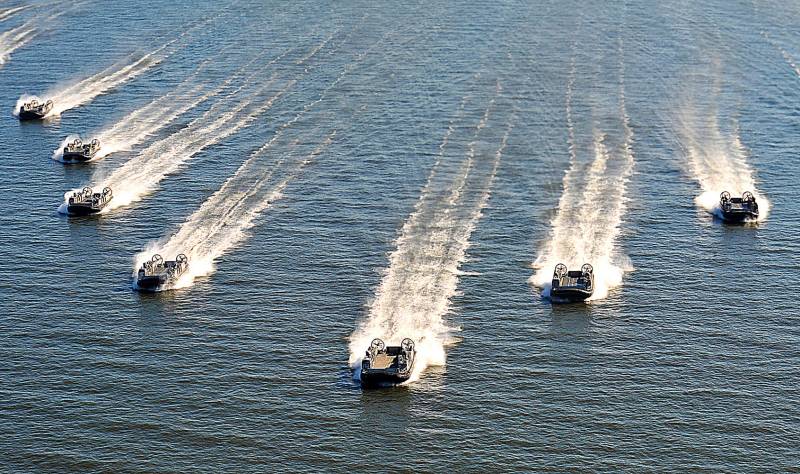
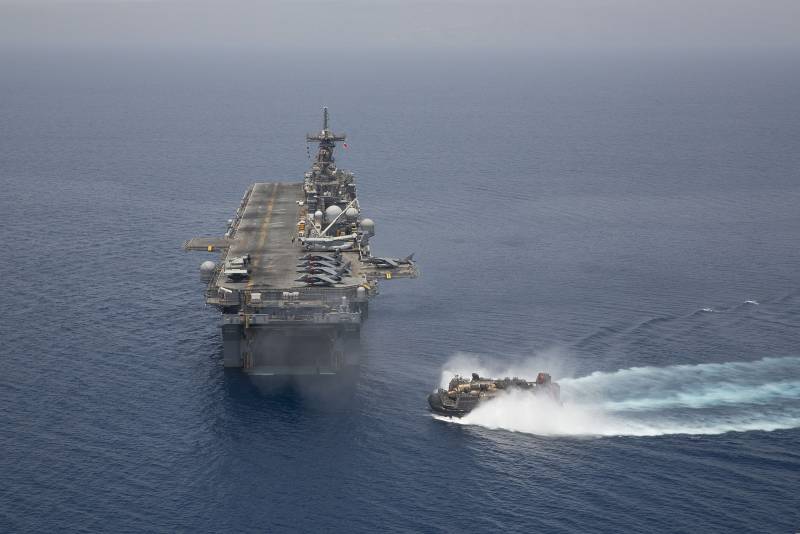
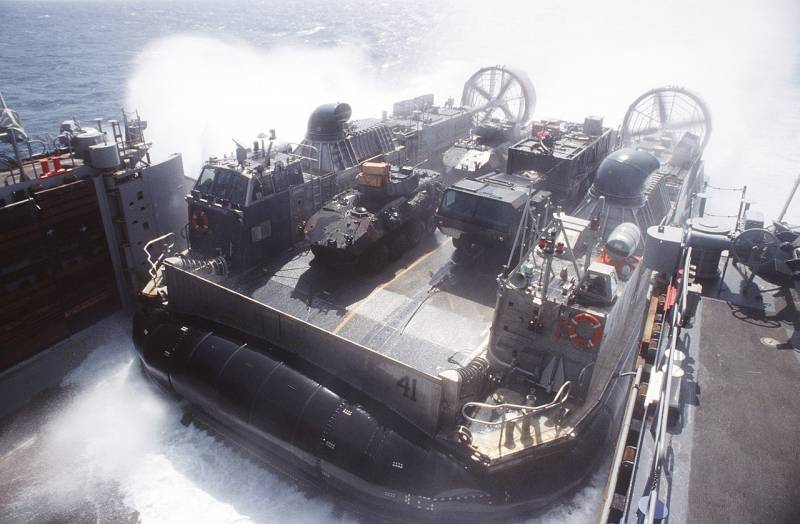
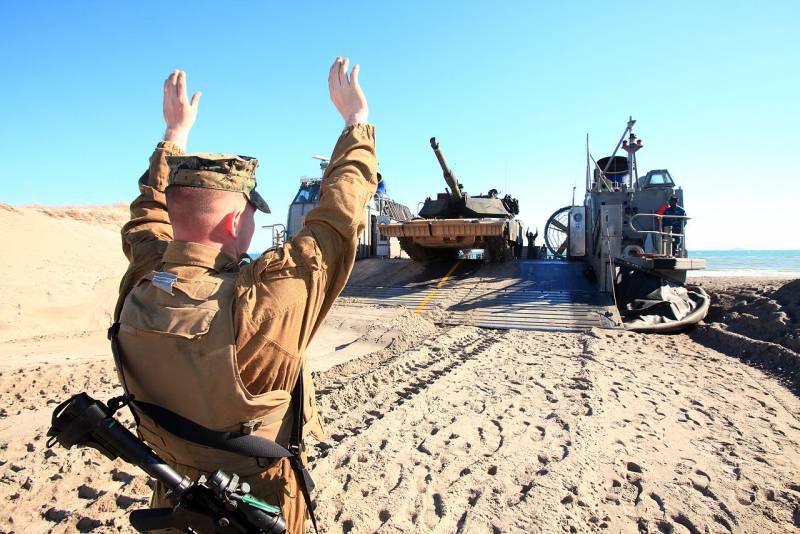
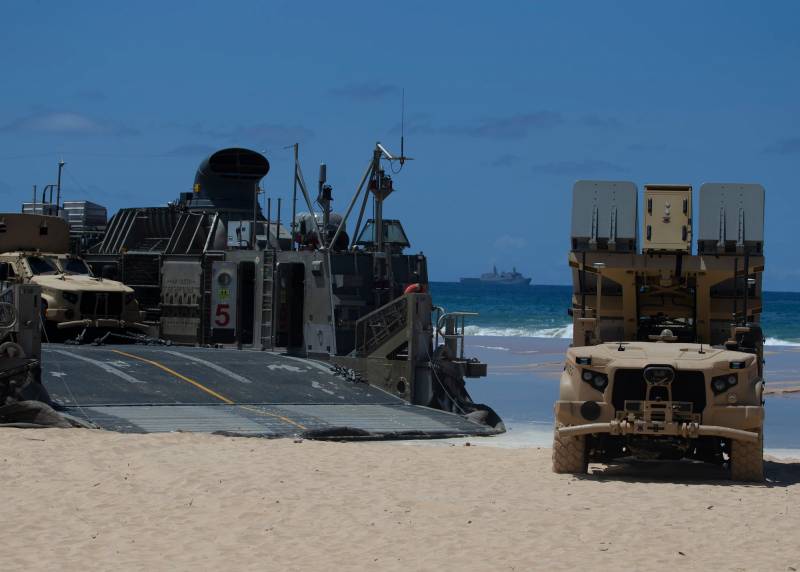
Information